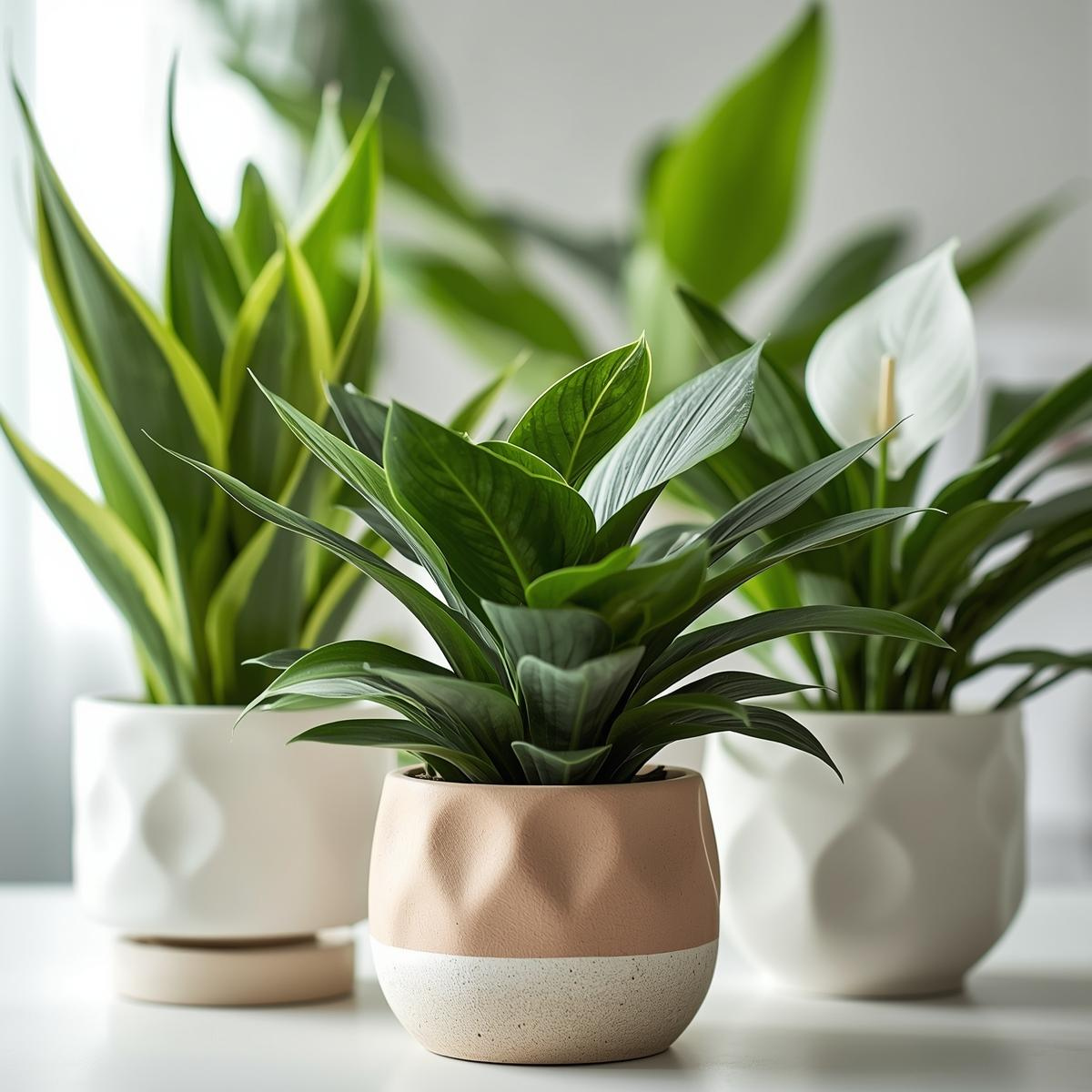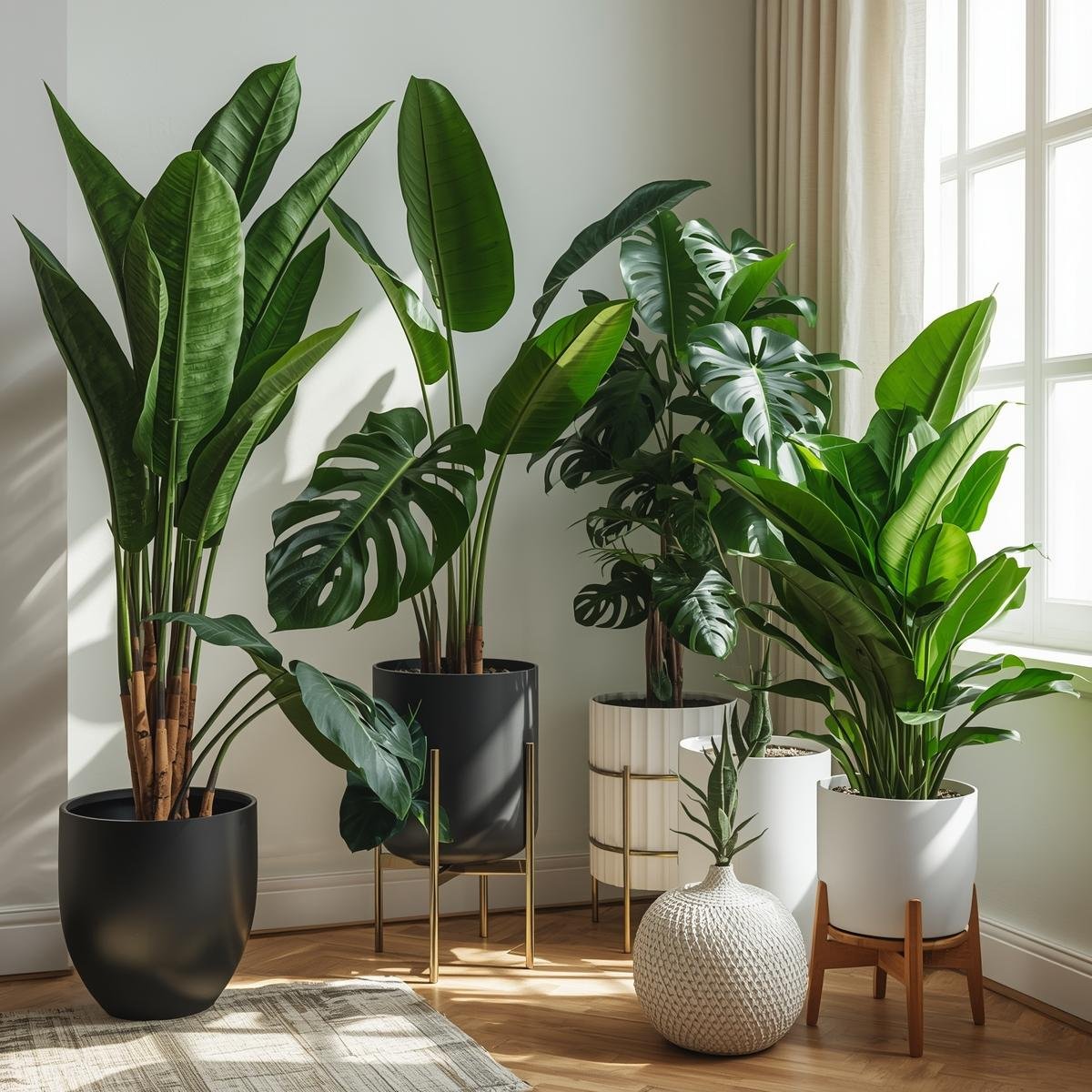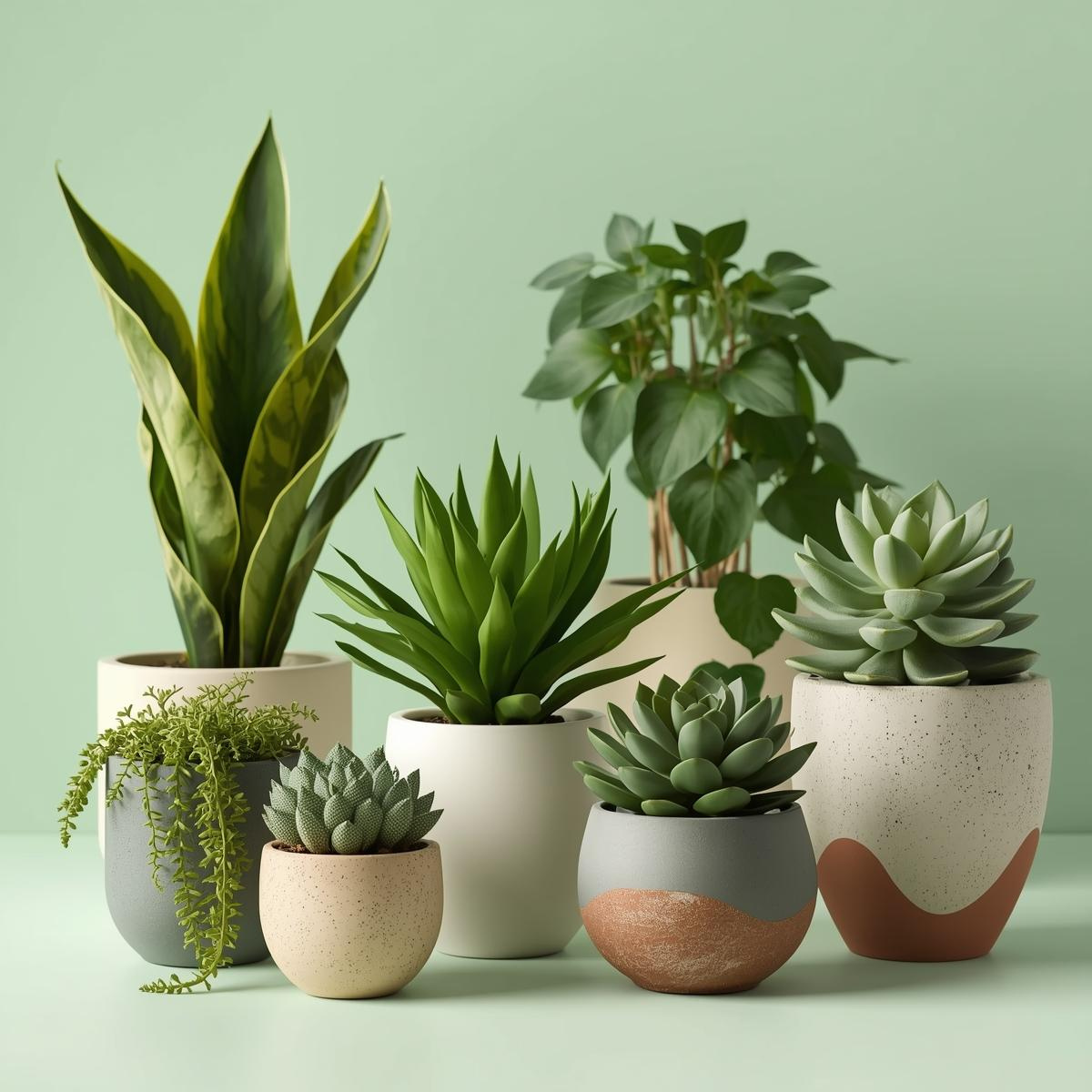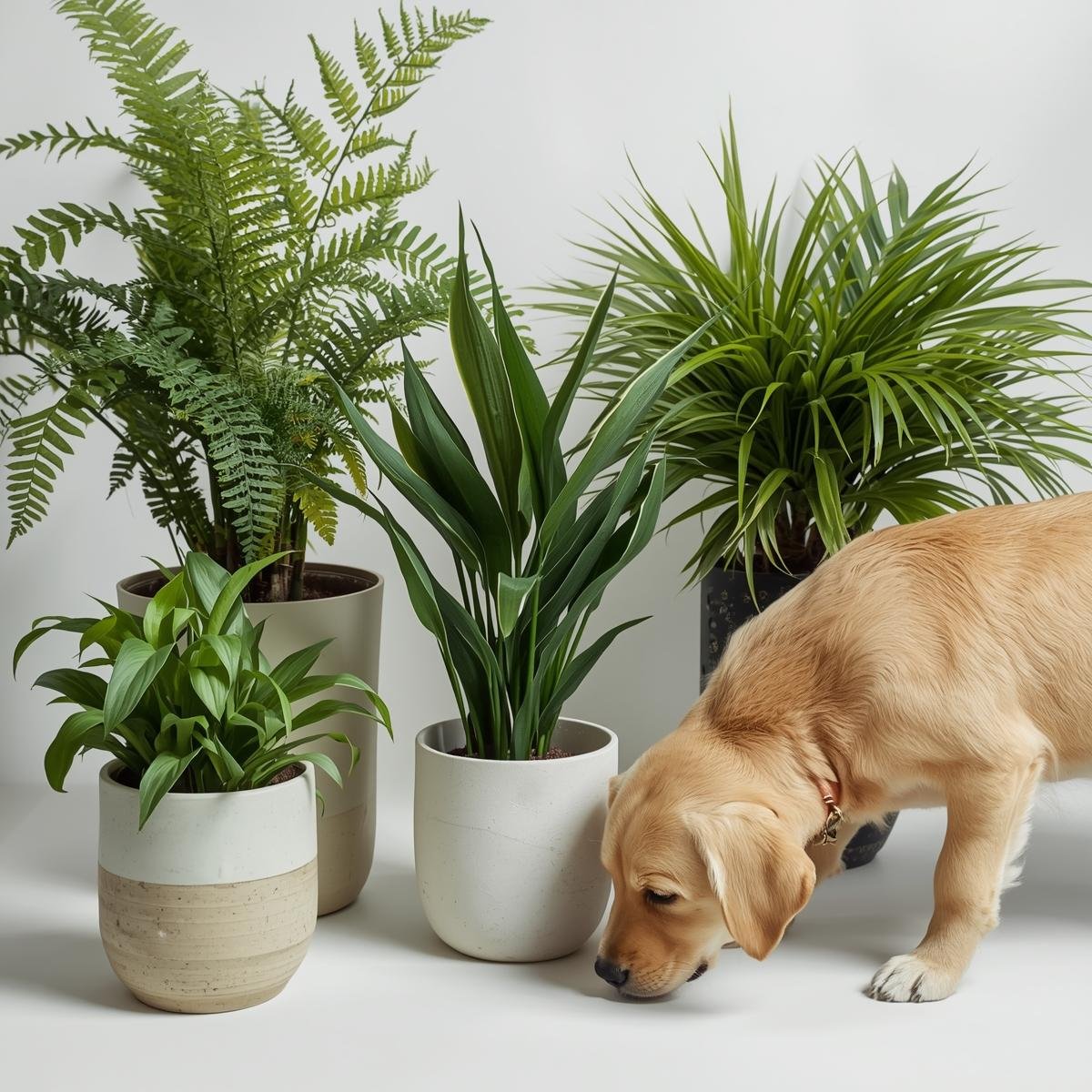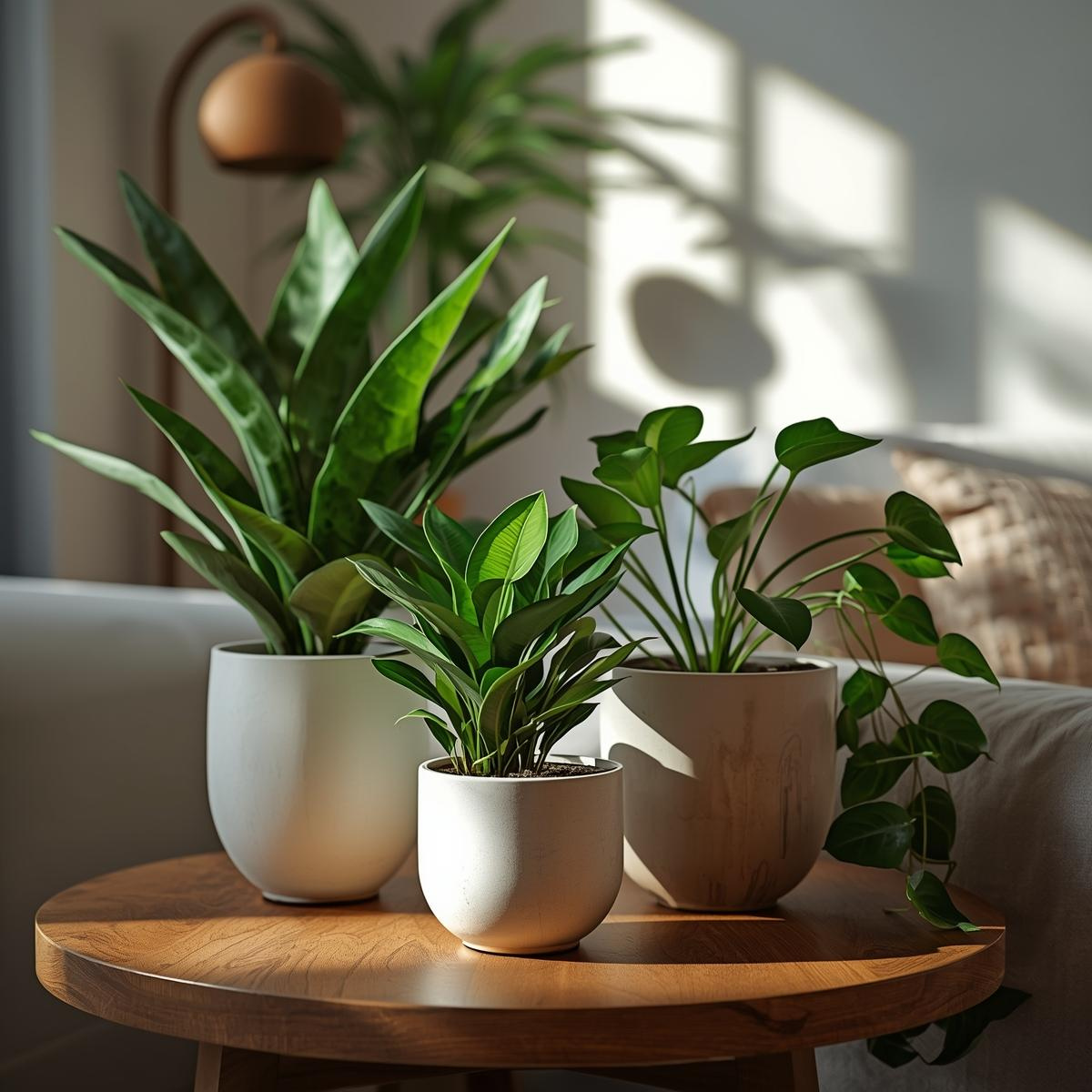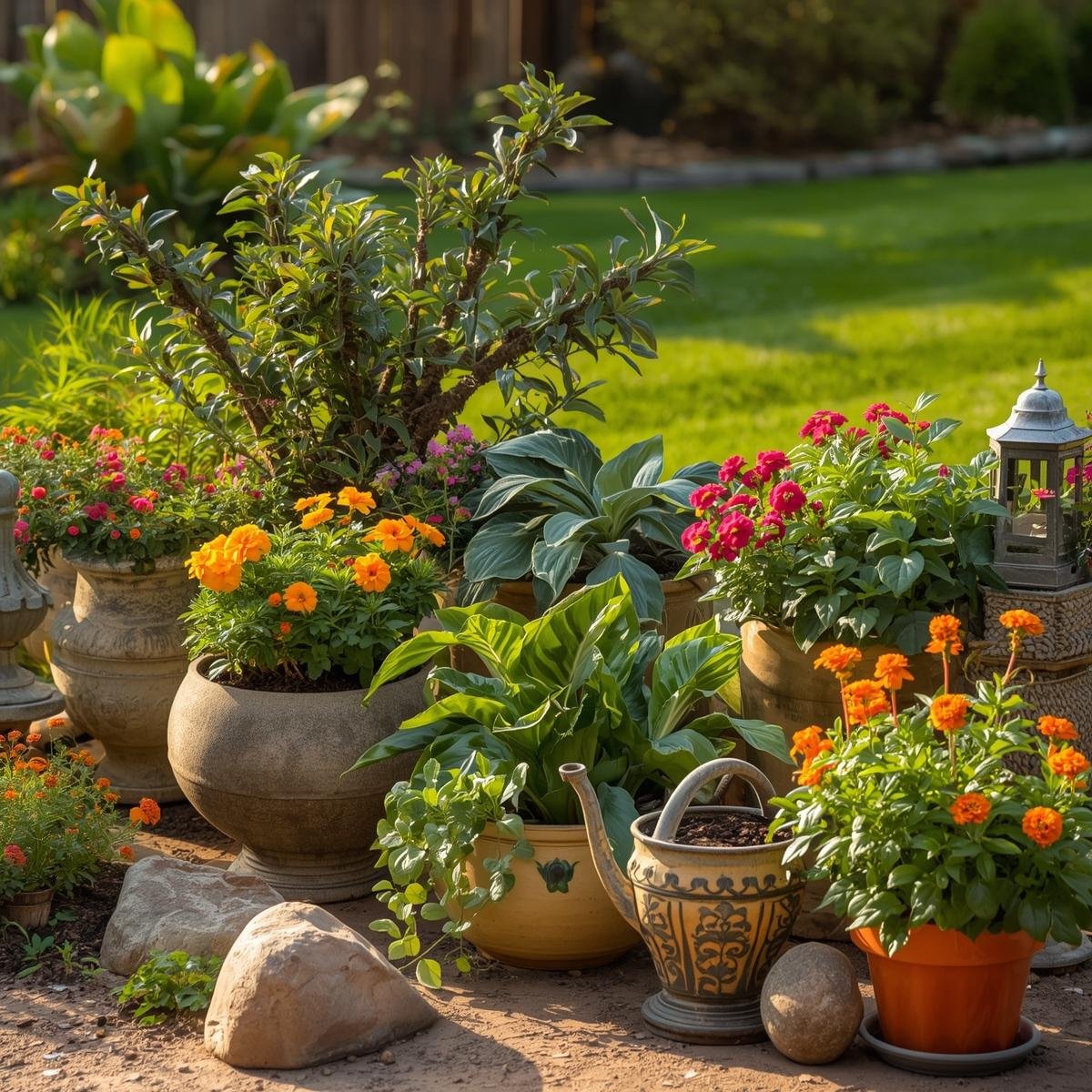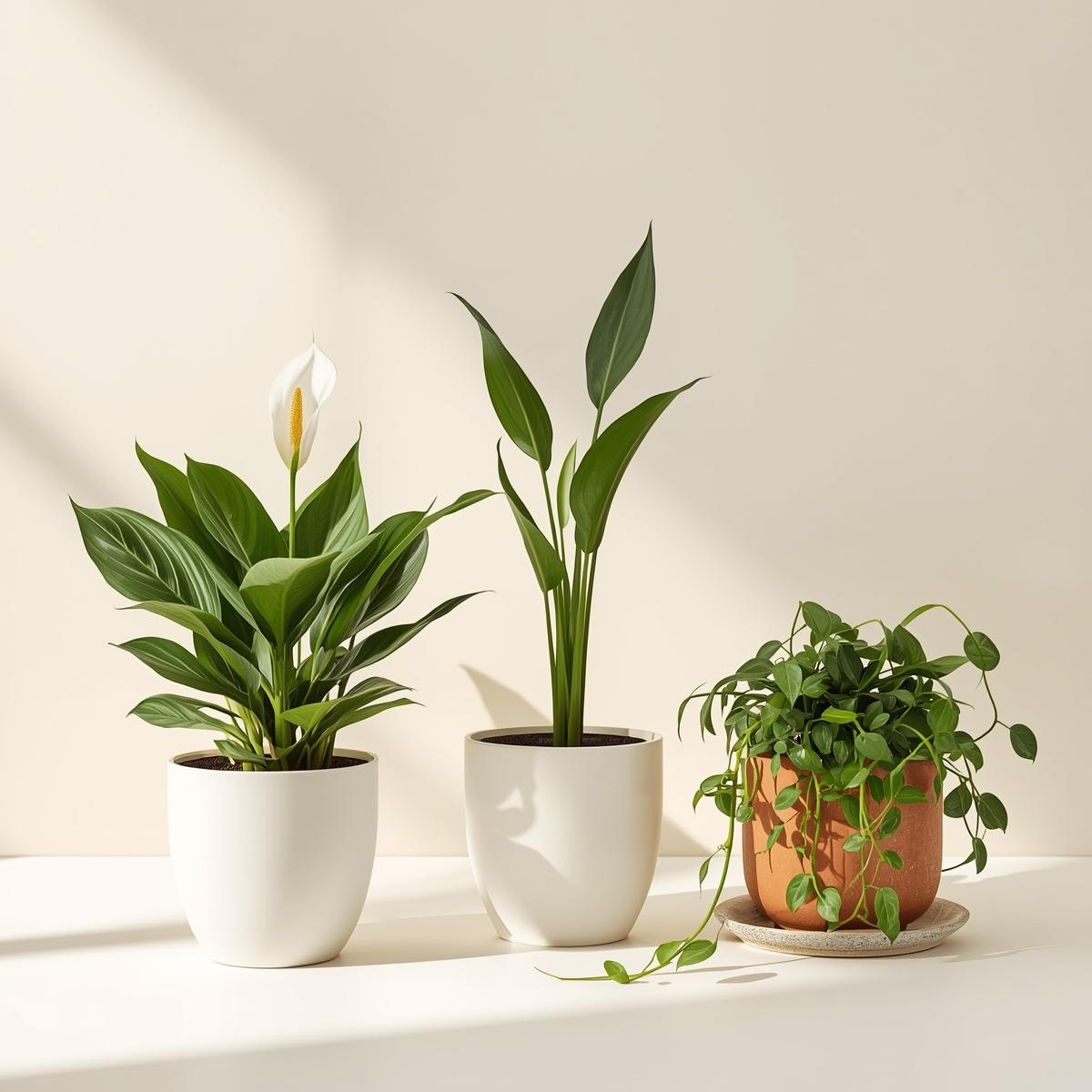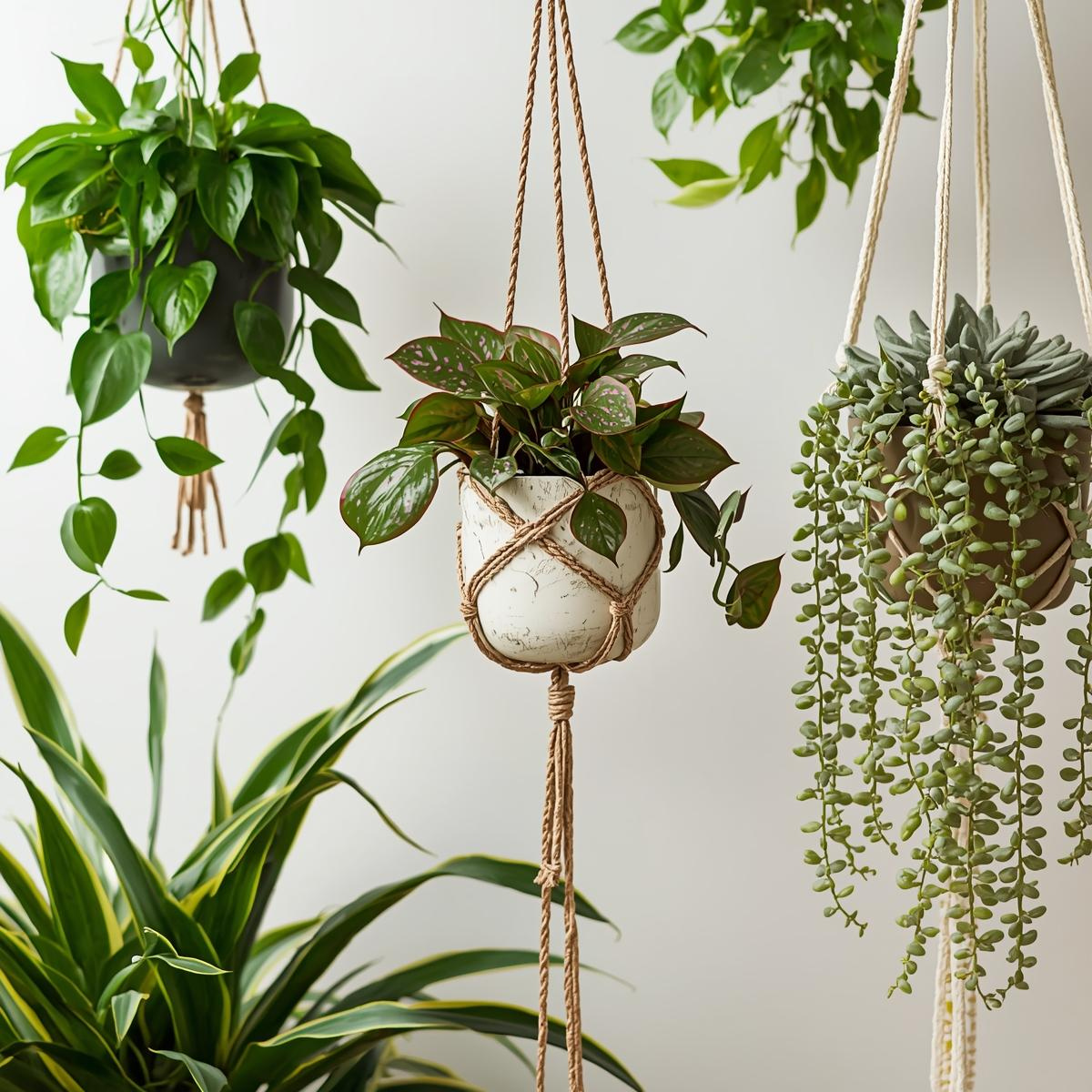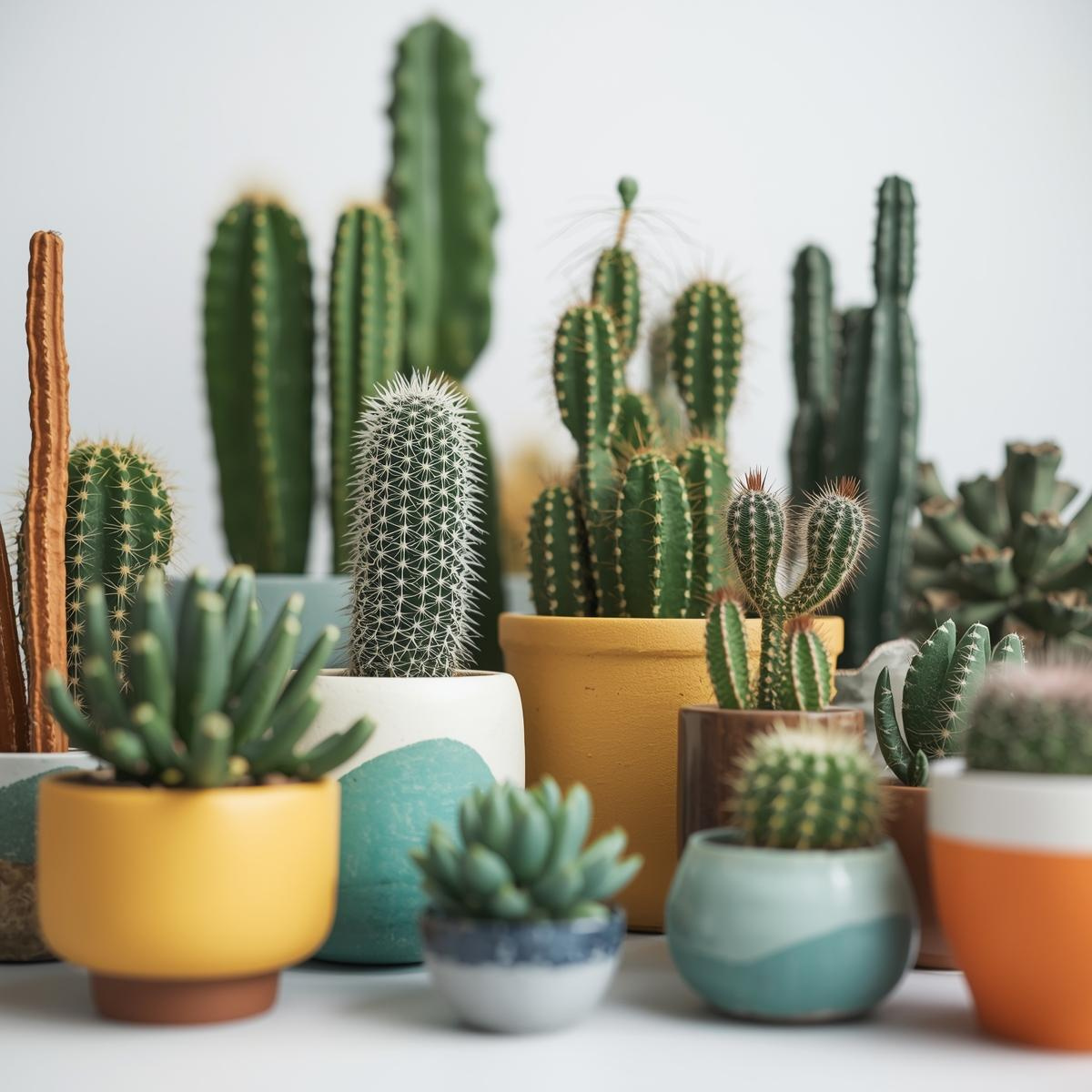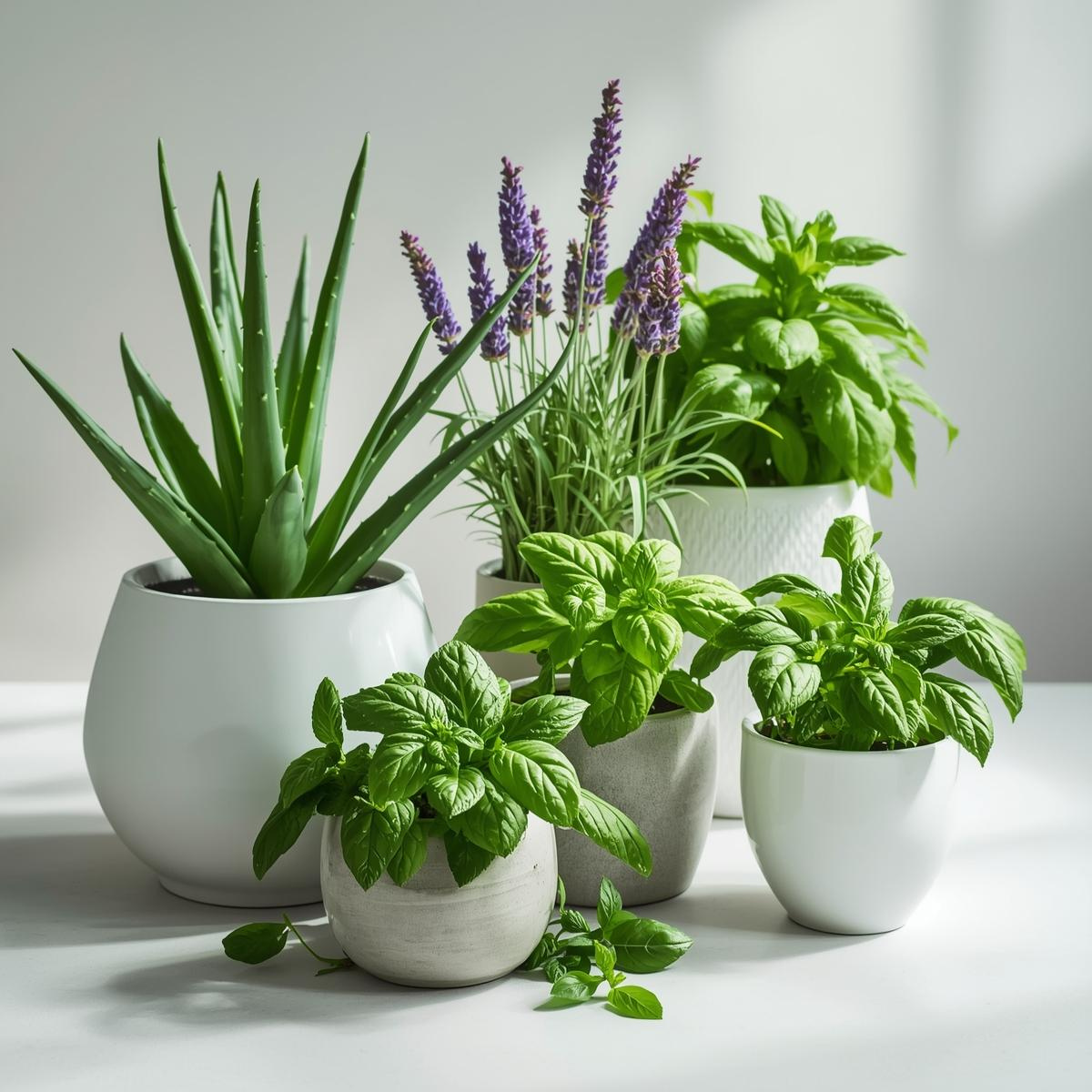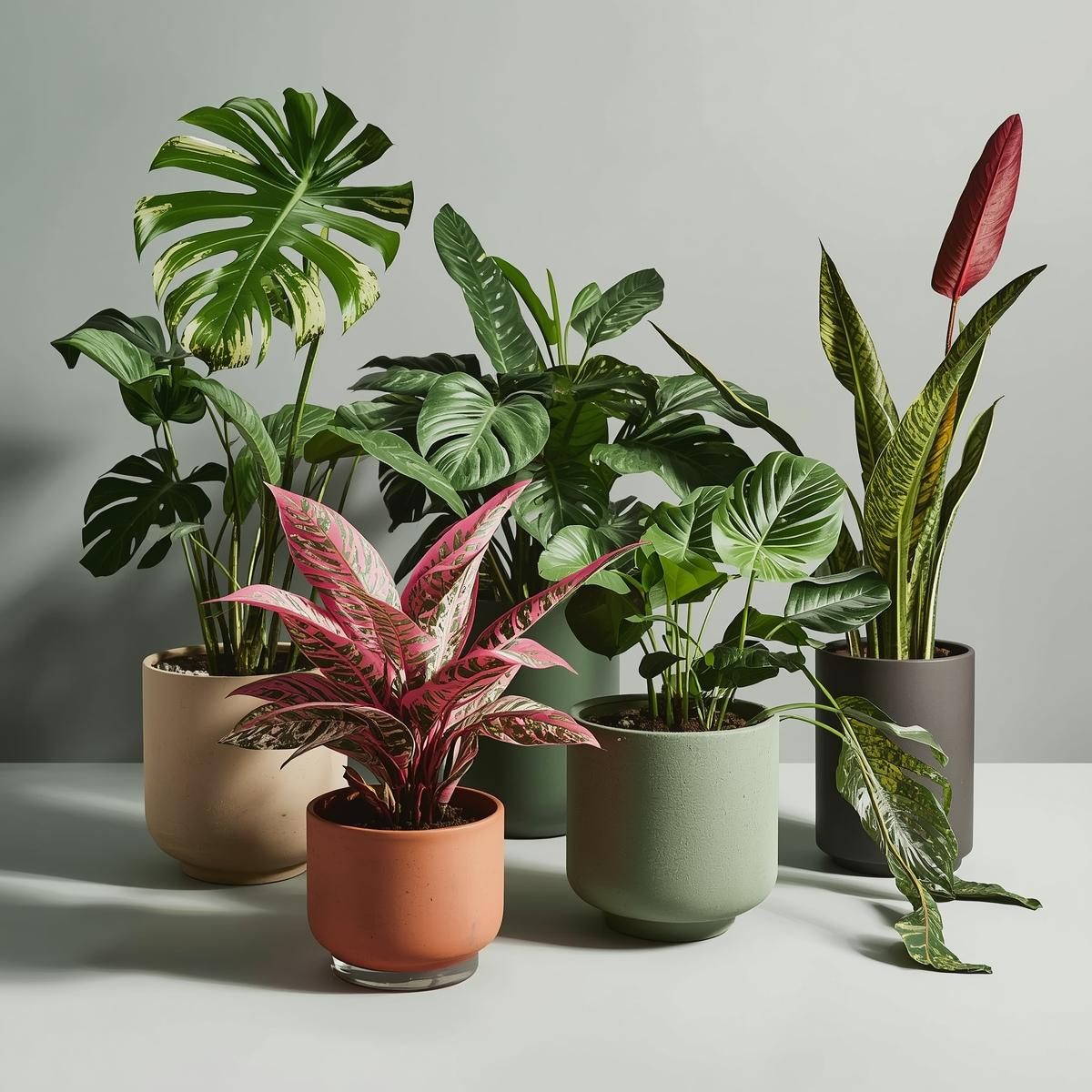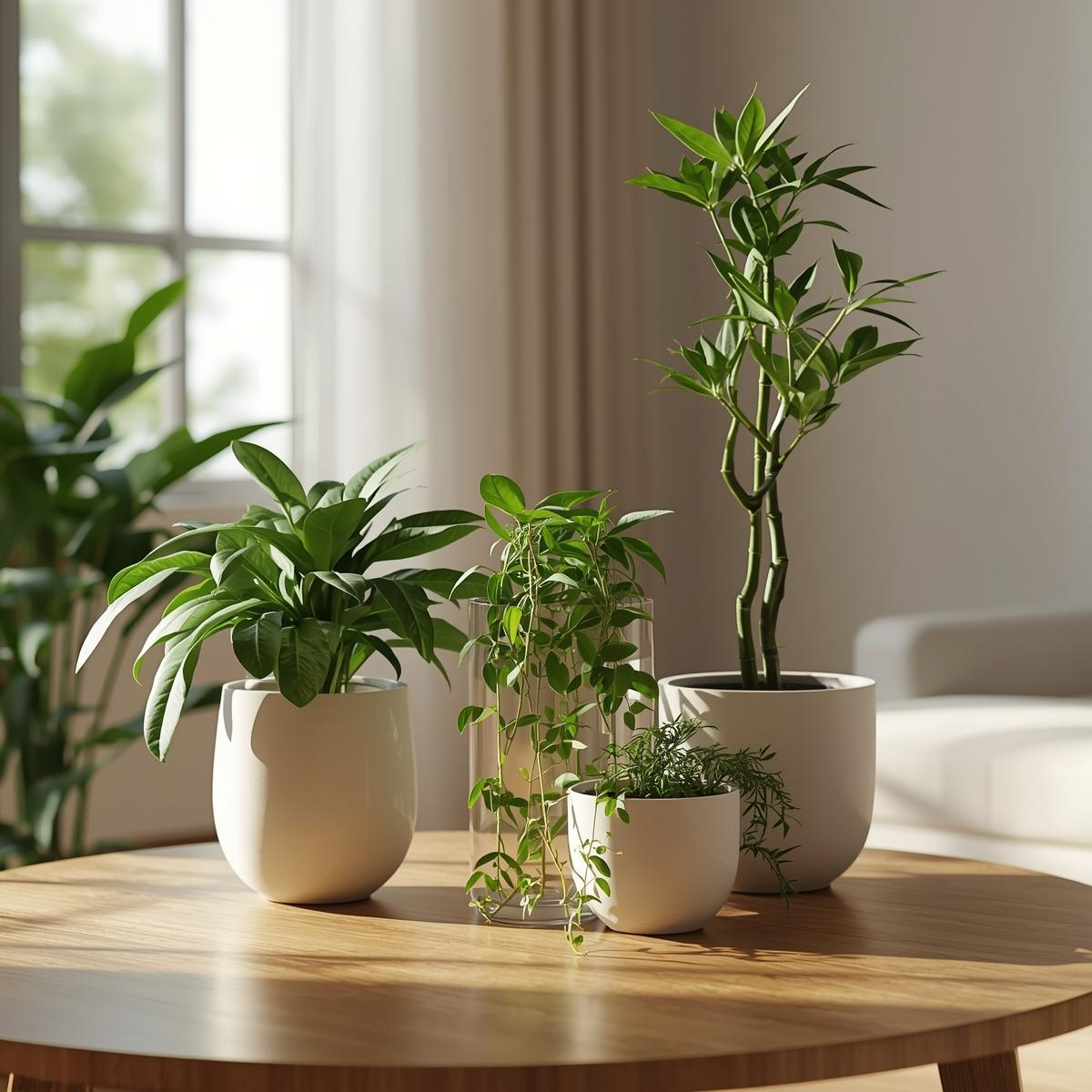Medicinal Plants You Can Grow at Home in India
For centuries, Indian households have relied on medicinal plants as natural remedies for common ailments. From soothing coughs and colds to boosting immunity, these plants not only support health but also bring greenery and freshness into homes. The best part? Most of these healing plants are easy to grow in Indian climates, whether you have a garden, terrace, balcony, or even just sunny windowsills.
In this guide, we’ll cover the most important medicinal plants you can grow at home in India, their benefits, and care tips to help you get started.
Why Grow Medicinal Plants at Home?
- Accessible Remedies: Quick, chemical-free treatments for everyday health issues.
- Cost-Effective: Cuts down expenses on over-the-counter medicines.
- Sustainable Living: Promotes eco-friendly, self-reliant lifestyle.
- Cultural Value: Ayurveda and Indian traditions emphasize plant-based healing.
- Air Purification: Many medicinal plants also act as natural air filters.
Top Medicinal Plants to Grow at Home in India
1. Tulsi (Ocimum sanctum) – The Holy Basil
- Benefits: Known as the “Queen of Herbs,” tulsi boosts immunity, fights cold and cough, and reduces stress. It’s also considered sacred in Indian households.
- How to Grow: Needs 4–6 hours of sunlight daily. Water moderately. Keep in earthen pots for best growth.
2. Aloe Vera (Aloe barbadensis miller)
- Benefits: Aloe gel soothes burns, cuts, skin irritations, and acts as a natural moisturizer. Aloe juice aids digestion and immunity (only edible varieties should be consumed).
- How to Grow: Thrives in bright indirect light. Requires well-draining soil. Water only when soil is dry.
3. Mint (Pudina)
- Benefits: Relieves indigestion, freshens breath, and helps with headaches. Widely used in chutneys, teas, and drinks.
- How to Grow: Grows easily from stem cuttings. Requires regular watering and partial sunlight. Best grown in wide pots.
4. Coriander (Dhaniya)
- Benefits: Rich in antioxidants and aids digestion. Both leaves and seeds are used in cooking and herbal remedies.
- How to Grow: Sow seeds directly in pots. Needs well-drained soil and full to partial sunlight. Regular harvesting encourages fresh growth.
5. Curry Leaves (Murraya koenigii)
- Benefits: Improves digestion, supports hair health, and controls cholesterol. A staple in Indian cooking.
- How to Grow: Needs at least 5–6 hours of sunlight. Water when the soil is dry. Fertilize once a month for lush leaves.
6. Lemongrass
- Benefits: Used in teas to relieve cold, flu, and anxiety. Acts as a natural mosquito repellent.
- How to Grow: Requires full sunlight and well-draining soil. Grows well in large pots or directly in the ground.
7. Ginger (Adrak)
- Benefits: Boosts immunity, relieves nausea, and helps with sore throats. Widely used in Indian kitchens.
- How to Grow: Plant rhizomes (ginger roots) in pots with well-draining soil. Keep in partial shade. Water moderately.
8. Turmeric (Haldi)
- Benefits: Known for anti-inflammatory and antibacterial properties. Used for skin care, immunity, and healing wounds.
- How to Grow: Plant turmeric rhizomes in warm weather. Needs 6–8 months to mature. Grows best in moist, fertile soil.
9. Neem (Azadirachta indica)
- Benefits: Natural antiseptic and antifungal. Neem leaves are used in skincare, dental care, and immunity-boosting remedies.
- How to Grow: Prefers full sunlight and well-draining soil. Best suited for terraces and gardens, as it grows into a large tree.
10. Giloy (Tinospora cordifolia)
- Benefits: Known as “Amrita” in Ayurveda, giloy is a powerful immunity booster, helps control fever, and supports overall wellness.
- How to Grow: A climbing plant that requires support. Prefers full to partial sunlight and moderate watering.
Tips for Growing Medicinal Plants at Home
- Choose the Right Spot – Most medicinal plants need sunlight, so pick balconies, terraces, or window sills.
- Use Organic Soil Mix – Combine compost, cocopeat, and garden soil for healthy growth.
- Avoid Chemicals – Stick to organic fertilizers like cow dung, vermicompost, or neem cake.
- Regular Harvesting – Picking leaves and stems regularly encourages fresh growth.
- Pest Control – Use neem oil or homemade sprays instead of chemical pesticides.
How to Use These Plants Safely
- Wash leaves and stems thoroughly before use.
- Use only recommended quantities, as some plants (like aloe vera juice or neem) can be strong if consumed in excess.
- For chronic health issues, consult an Ayurvedic doctor before relying on home remedies.
Where to Buy Medicinal Plants Online
At The Tarva, we provide a range of healthy medicinal plants ready to thrive in Indian homes. From tulsi and aloe vera to curry leaves and giloy, our plants are carefully nurtured to make your home both greener and healthier.
Shop medicinal plants for your home here: thetarva.com
Conclusion
Growing medicinal plants at home is a simple yet powerful way to bring health, wellness, and sustainability into your daily life. With just a few pots and basic care, you can create a mini Ayurvedic garden in your balcony or terrace. From tulsi and aloe vera to neem and turmeric, each plant comes with unique healing properties that have been trusted in Indian households for generations.
Make the switch to natural remedies — and let your garden become your first pharmacy.
